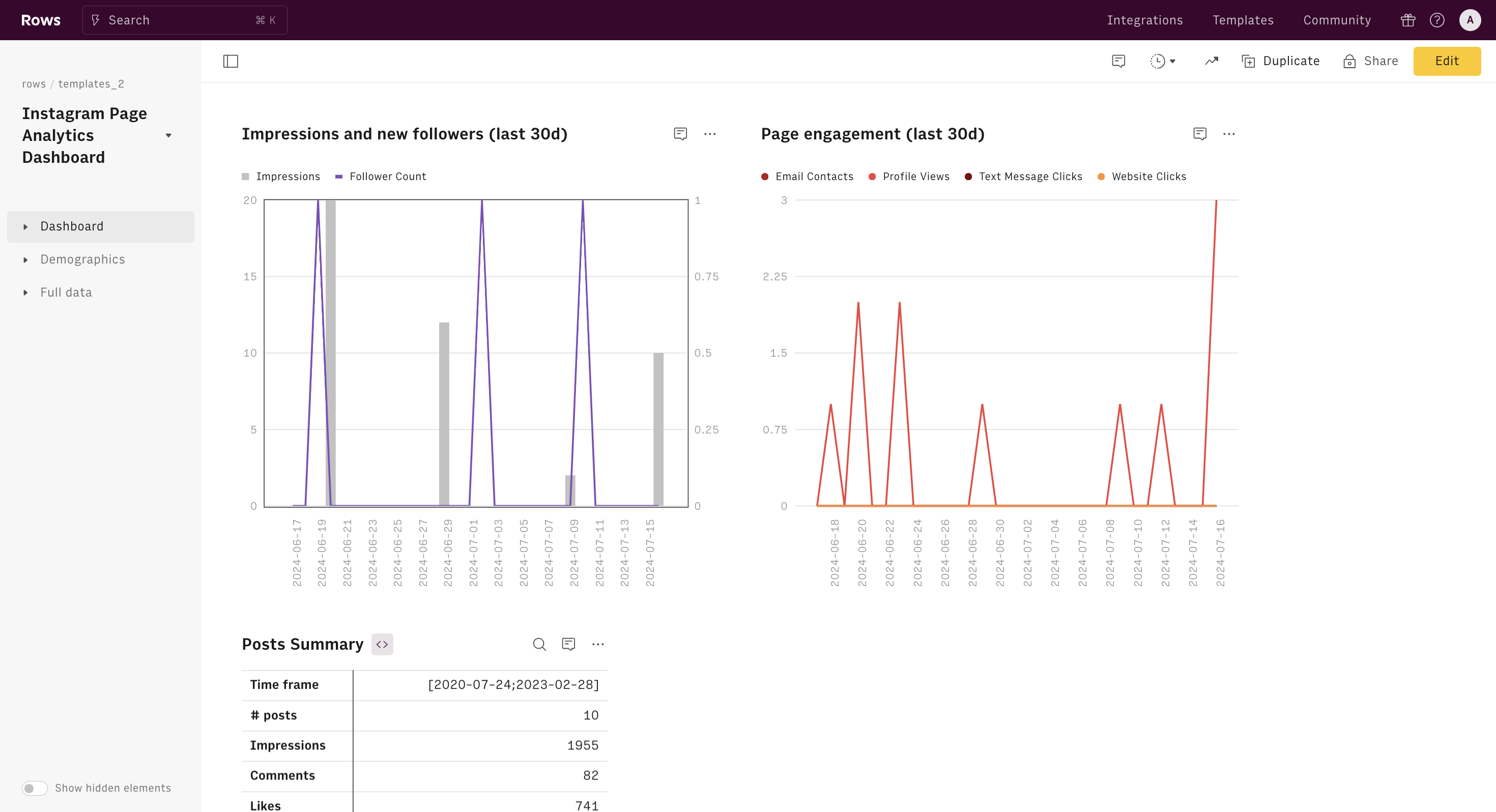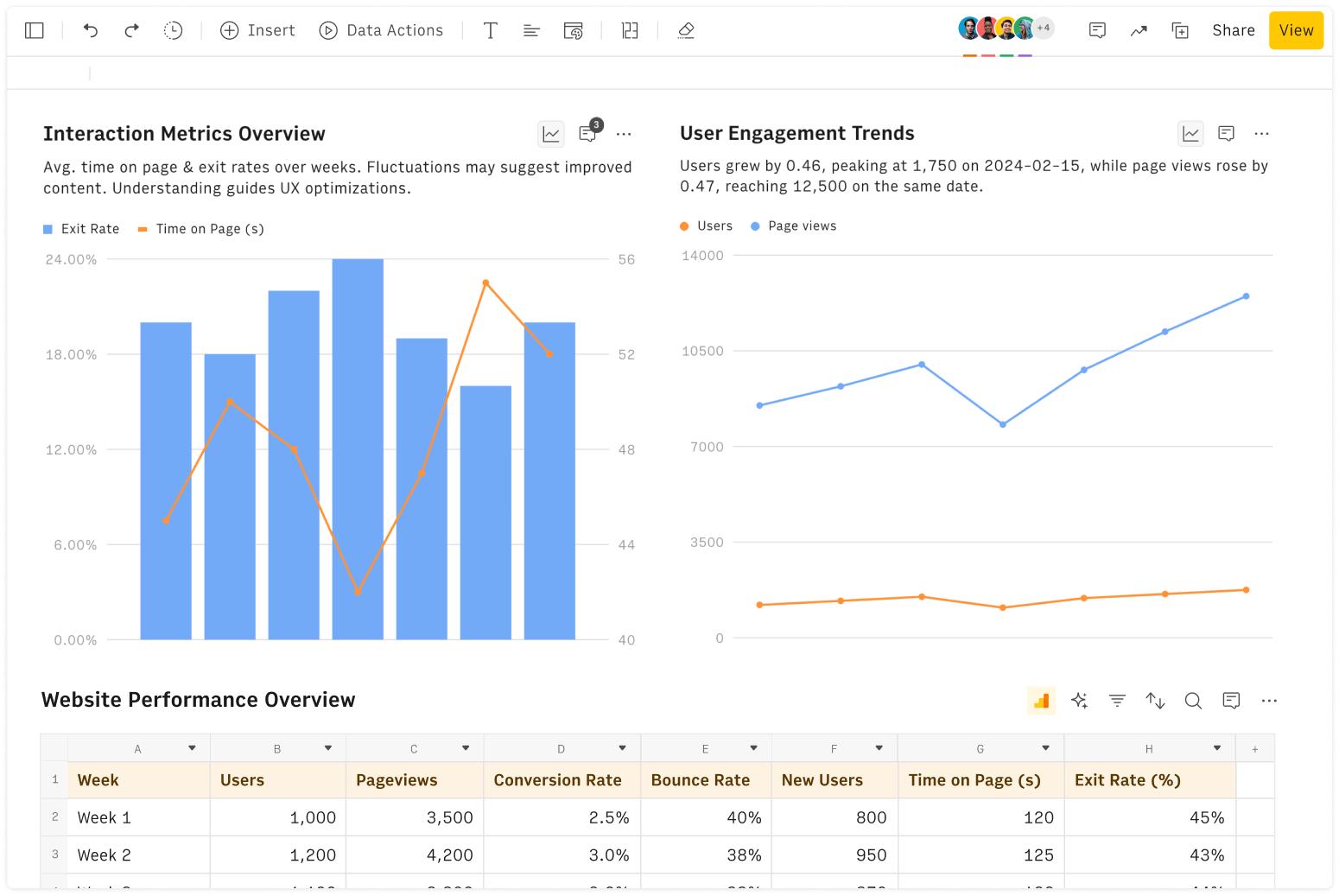What is the UTM stand for?
UTM (Urchin Tracking Module) parameters are tags added to a URL to track the performance of online marketing campaigns. These parameters allow marketers to identify the source of website traffic, the medium through which visitors arrived, the specific campaign that led them to the site, and other useful information. This helps in measuring the effectiveness of marketing efforts and optimizing strategies based on data.
The key UTM parameters are:
utm_source*: identifies the referrer (e.g., Google, newsletter)
utm_medium*: specifies the marketing medium (e.g., CPC, banner, email)
utm_campaign*: names the specific campaign (e.g., spring_sale)
utm_content: differentiates similar content within the same ad (e.g., text_link vs. image_link)
utm_term: tracks paid search keywords (e.g., running_shoes)
What does UTM builder do?
This UTM Builder generates UTM links by appending UTM parameters to a URL. When someone clicks on a UTM-enabled link, the parameters are sent back to Google Analytics or another analytics tool. This allows the marketer to track detailed information about the visitor's journey, including which campaign, source, and medium brought them to the site.
To effectively track your campaigns, follow these steps:
Input Your Base URL: start with the main URL you want to track.
Add UTM Parameters:
Source: the referrer (e.g., Google, newsletter)
Medium: the marketing medium (e.g., CPC, banner, email)
Campaign: the specific campaign name or promo code
Content: differentiate similar content within the same ad (e.g., text link vs. image link)
Term: paid search keywords
Generate UTM-Enabled URL: the UTM Builder will append these elements to create a full URL, such as:
https://example.com?utm_source=google&utm_medium=cpc&utm_campaign=spring_sale&utm_content=text_link&utm_term=running_shoesUse in Campaigns: copy the generated URL and use it in your ads, emails, social media posts, or any other marketing materials.
Why using UTM Parameters
UTM parameters are crucial for data-driven marketing. They provide insights into which campaigns are driving traffic and conversions, allowing marketers to:
Optimize Marketing Strategies: by understanding which channels and campaigns are most effective, marketers can allocate budgets more efficiently.
Improve ROI: tracking performance metrics helps in refining strategies to get better returns on investment.
A/B Test Effectively: UTM parameters enable A/B testing of different ads, content, and strategies to see what works best.
Measure Campaign Performance: detailed analytics data allows for accurate measurement of campaign success.
How do I create my own UTM?
When creating UTM links, it's crucial to avoid common mistakes and adhere to best practices.
Firstly, you should familiarize yourself with the GA4 definitions of the Default Channel Groups:
Channel | Description |
|---|---|
Affiliates | Affiliates is the channel by which users arrive at your site/app via links on affiliate sites. |
Audio | Audio is the channel by which users arrive at your site/app via ads on audio platforms (e.g., podcast platforms). |
Cross-network | Cross-network is the channel by which users arrive at your site/app via ads that appear on a variety of networks (e.g., Search and Display). |
Direct | Direct is the channel by which users arrive at your site/app via a saved link or by entering your URL. |
Display | Display is the channel by which users arrive at your site/app via display ads, including ads on the Google Display Network. |
Email is the channel by which users arrive at your site/app via links in email. | |
Mobile Push Notifications | Mobile Push Notifications is the channel by which users arrive at your site/app via links in mobile-device messages when they're not actively using the app. |
Organic Search | Organic Search is the channel by which users arrive at your site/app via non-ad links in organic-search results. |
Organic Shopping | Organic Shopping is the channel by which users arrive at your site/app via non-ad links on shopping sites like Amazon or ebay. |
Organic Social | Organic Social is the channel by which users arrive at your site/app via non-ad links on social sites like Facebook or Twitter. |
Organic Video | Organic Video is the channel by which users arrive at your site/app via non-ad links on video sites like YouTube, TikTok, or Vimeo. |
Paid Other | Paid Other is the channel by which users arrive at your site/app via ads, but not through an ad identified as Search, Social, Shopping, or Video. |
Paid Search | Paid Search is the channel by which users arrive at your site/app via ads on search-engine sites like Bing, Baidu, or Google. |
Paid Shopping | Paid Shopping is the channel by which users arrive at your site/app via paid ads on shopping sites like Amazon or ebay or on individual retailer sites. |
Paid Social | Paid Social is the channel by which users arrive at your site/app via ads on social sites like Facebook and Twitter. |
Paid Video | Paid Video is the channel by which users arrive at your site/app via ads on video sites like TikTok, Vimeo, and YouTube. |
Referral | Referral is the channel by which users arrive at your site via non-ad links on other sites/apps (e.g., blogs, news sites). |
SMS | SMS is the channel by which users arrive at your site/app via links from text messages. |
Secondly, to have your traffic properly classified, make sure that your UTM parameters are set up according to the following rules:
Channel | Rules |
|---|---|
Direct | Source exactly matches "(direct)" AND Medium is one of ("(not set)", "(none)") |
Cross-network | Campaign Name contains "cross-network". Cross-network includes Demand Gen, Performance Max and Smart Shopping. |
Paid Shopping | Source matches a list of shopping sites OR Campaign Name matches regex ^(.*(([^a-df-z]|^)shop|shopping).*)$) AND Medium matches regex ^(.*cp.*|ppc|retargeting|paid.*)$ |
Paid Search | Source matches a list of search sites AND Medium matches regex ^(.*cp.*|ppc|retargeting|paid.*)$ |
Paid Social | Source matches a regex list of social sites AND Medium matches regex ^(.*cp.*|ppc|retargeting|paid.*)$ |
Paid Video | Source matches a list of video sites AND Medium matches regex ^(.*cp.*|ppc|retargeting|paid.*)$ |
Display | Medium is one of (“display”, “banner”, “expandable”, “interstitial”, “cpm”) |
Paid Other | Medium matches regex ^(.*cp.*|ppc|retargeting|paid.*)$ |
Organic Shopping | Source matches a list of shopping sites OR Campaign name matches regex ^(.*(([^a-df-z]|^)shop|shopping).*)$ |
Organic Social | Source matches a regex list of social sites OR Medium is one of (“social”, “social-network”, “social-media”, “sm”, “social network”, “social media”) |
Organic Video | Source matches a list of video sites OR Medium matches regex ^(.*video.*)$ |
Organic Search | Source matches a list of search sites OR Medium exactly matches organic |
Referral | Medium is one of ("referral", "app", or "link") |
Source = email|e-mail|e_mail|e mail OR Medium = email|e-mail|e_mail|e mail | |
Affiliates | Medium = affiliate |
Audio | Medium exactly matches "audio" |
SMS | Source exactly matches "sms" OR Medium exactly matches "sms" |
Mobile Push Notifications | Medium ends with "push" OR Medium contains "mobile" or "notification" OR Source exactly matches "firebase" |
For example, the rule for classifying traffic into the "Paid Social" bucket in Google Analytics 4 specifies two conditions that need to be met:
Source matches a regex list of social sites: This means that the traffic source must match a predefined list of social media sites using regular expressions (regex). For example, this list might include common social media platforms like Facebook, Instagram, Twitter, LinkedIn, etc.
Medium matches regex ^(.cp.|ppc|retargeting|paid.*)$: This condition specifies that the medium should match one of the patterns described by the regex. Here, the regex breakdown is:
.*cp.*: Matches any medium containing "cp" (e.g., "cpc" for cost-per-click).ppc: Matches the exact medium "ppc".retargeting: Matches the exact medium "retargeting".paid.*: Matches any medium that starts with "paid" (e.g., "paidsearch", "paidads").
When both conditions are met, GA4 will classify the traffic as "Paid Social". This allows GA4 to correctly attribute and group traffic that comes from paid social media campaigns.
In addition, follow these naming and encoding best practices:
Consistency: always use lowercase for parameter values to avoid discrepancies in tracking data.
Naming Conventions: define and adhere to clear naming conventions for your campaigns.
URL Encoding: use a UTM builder tool that provides URL encoding to handle special characters correctly.
Common Mistakes when building tracking Links
When building tracking links, be mindful of the following potential issues:
Using Spaces or Unencoded Special Characters: this can break URLs and corrupt tracking data.
Overcomplicating Tags: keep UTM tags simple and relevant to the campaign.
Using Sensitive Information: avoid including sensitive data in UTM parameters to comply with privacy standards and regulations.







